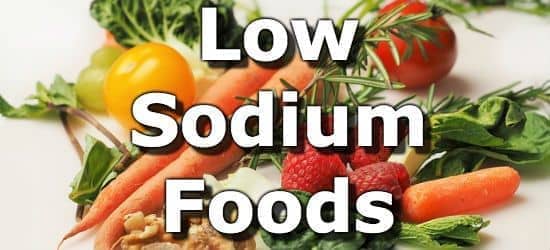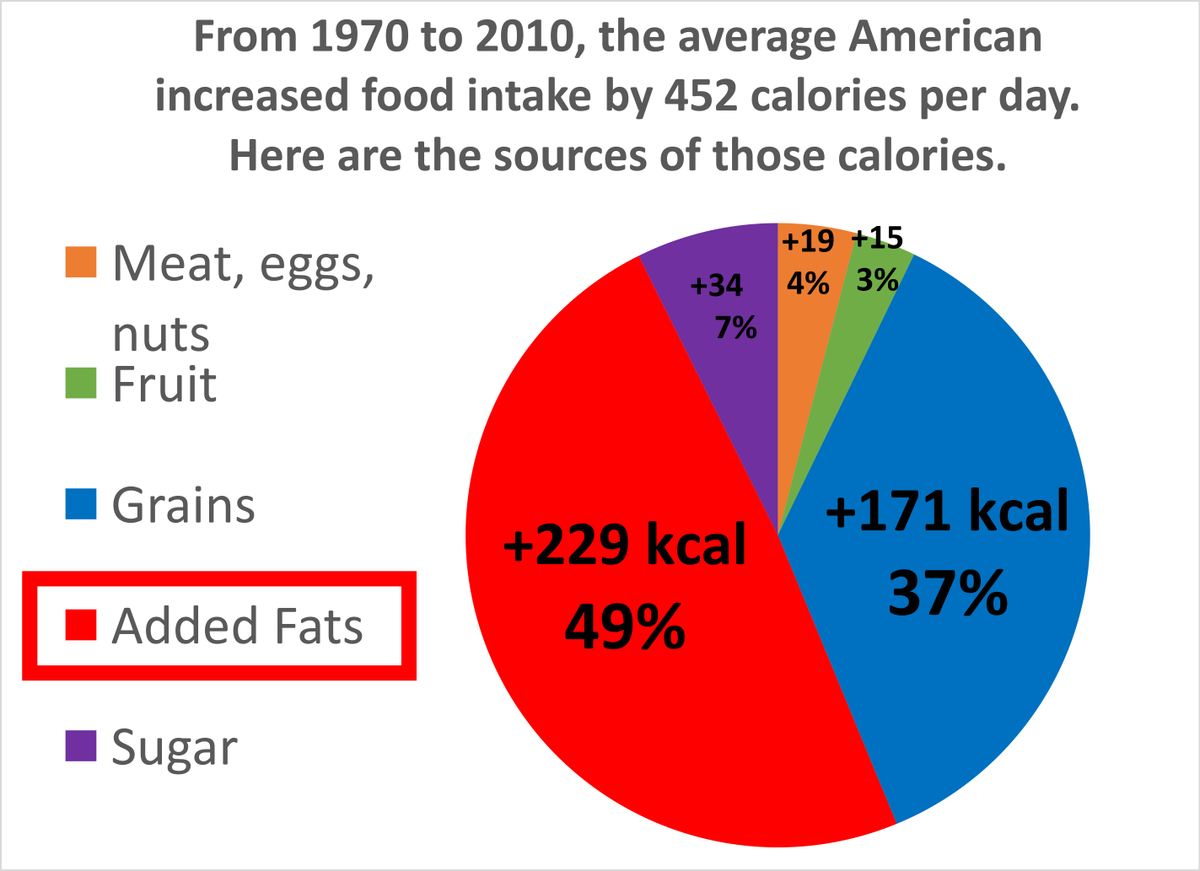What do bagged spinach, canned tuna, olive oil, granola bars and frozen burritos have in common? They all are processed foods. Yet, we have been inundated with warnings about the harmful effects of eating processed foods. In fact, these foods have been blamed for our nation’s obesity epidemic, high blood pressure rates and the rise of type 2 diabetes. Based on the examples above, however, you can see that processed foods are more than packaged ramen noodles, potato chips and drive-thru chicken nuggets. This article helps you differentiate between the processed foods you should be cautious of and those that can play a role in a balanced, healthy diet.
What is Processed Food?
According to the Academy of Nutrition and Dietetics, processed foods include any food that has been deliberately changed in some way before consumption. Examples of processing include foods that are cooked, canned, frozen, packaged or changed in nutritional composition through fortification (adding folic acid to bread products or calcium and vitamin D to milk and juices). It also includes foods that are preserved (beef jerky or canned fruit) or prepared in different ways (fermentation).
Processed foods range from minimally to heavily processed, including:
- Minimally processed foods—such as bagged spring mix lettuce, cut-up vegetables and roasted nuts—are simply pre-prepped for convenience.
- Foods that are processed at their peak to preserve nutritional quality and freshness and include frozen fruit and vegetables, canned tomatoes and canned tuna.
- Jarred pasta sauce, salad dressing and cake mixes are examples of foods that contain ingredients such as sweeteners, spices, oils, colors and preservatives, which are added for flavor and texture.
- Ready-to-eat foods, such as cookies, breakfast cereals, and deli meat, are more heavily processed.
- The most heavily processed foods on the processed food spectrum are often pre-made meals including frozen pizza and microwaveable dinners.
How to Incorporate the Best Processed Foods Into Your Diet
Processed foods can be helpful and convenient for preparing healthy meals. Unfortunately, most Americans get too many calories from the more heavily processed categories and not enough from lightly processed foods.
The key to consuming the healthiest processed foods is to be able to distinguish between those that have been lightly processed versus those that are heavily processed. Basically, lightly processed foods are ones you can recognize in their original form such as pre-cut apple slices, hard-boiled eggs, canned tuna and frozen vegetables. Those that are highly processed are not in their original form such as potato chips and crackers, or foods that are not naturally occurring such as sodas, cookies and candy. The best way to understand where foods fall along the food-processing spectrum is by understanding the Nutrition Facts Label and ingredient list. This is especially important when looking for hidden sugars, sodium and fats.
Added Sugars
 Added sugars are any sugar that is not naturally occurring in the food and has been added manually. For example, milk and dairy have a large amount of lactose, which is a naturally occurring sugar in these products. However, sugars are added to fruited yogurt. Be aware that sugars are added to a wide variety of products including bread, fruit drinks, granola, protein bars, tomato sauce, canned or boxed soups, nut and seed butters, salad dressings, protein powders and sports drinks. When looking at the food label, some examples of names of added sugars are dextrose, fructose, raw sugar, nectar, honey, high-fructose corn syrup, brown sugar, cane sugar and fruit juice concentrate. Read a product’s ingredient list and look for added sugars among the first two or three ingredients. Beginning in July 2018, grams of added sugar will be included in the Nutrition Facts Label.
Added sugars are any sugar that is not naturally occurring in the food and has been added manually. For example, milk and dairy have a large amount of lactose, which is a naturally occurring sugar in these products. However, sugars are added to fruited yogurt. Be aware that sugars are added to a wide variety of products including bread, fruit drinks, granola, protein bars, tomato sauce, canned or boxed soups, nut and seed butters, salad dressings, protein powders and sports drinks. When looking at the food label, some examples of names of added sugars are dextrose, fructose, raw sugar, nectar, honey, high-fructose corn syrup, brown sugar, cane sugar and fruit juice concentrate. Read a product’s ingredient list and look for added sugars among the first two or three ingredients. Beginning in July 2018, grams of added sugar will be included in the Nutrition Facts Label.
Sodium
 Highly processed foods often have a substantial amount of salt added to preserve foods and extend shelf life. In fact, they are major contributors to sodium in our diets. Therefore, choose foods labeled no salt, low-sodium or reduced-sodium to decrease your sodium consumption. We need some sodium, but we often consume more than the Dietary Guidelines for American’s recommendation of less than 2,300 milligrams per day.
Highly processed foods often have a substantial amount of salt added to preserve foods and extend shelf life. In fact, they are major contributors to sodium in our diets. Therefore, choose foods labeled no salt, low-sodium or reduced-sodium to decrease your sodium consumption. We need some sodium, but we often consume more than the Dietary Guidelines for American’s recommendation of less than 2,300 milligrams per day.
Fats
 Added fats can help make foods more shelf-stable and give them texture and taste. While trans fats, which raise bad cholesterol levels and lower good cholesterol levels, are on the decline in processed foods, you still might find them when reading food labels. The Food and Drug Administration banned artificial trans fats from the food supply, but food companies have until 2018 to comply. Look for zero grams of trans fats and no partially hydrogenated oils in the ingredient list.
Added fats can help make foods more shelf-stable and give them texture and taste. While trans fats, which raise bad cholesterol levels and lower good cholesterol levels, are on the decline in processed foods, you still might find them when reading food labels. The Food and Drug Administration banned artificial trans fats from the food supply, but food companies have until 2018 to comply. Look for zero grams of trans fats and no partially hydrogenated oils in the ingredient list.
Below is a list of strategies for choosing processed foods that are good for you:
- Frozen vegetables and fruits: If fresh produce is not available or if you often find a “soup” of wilted and spoiled produce at the bottom of your refrigerator drawer, purchase frozen fruits and vegetables instead. Because of the process used to freeze produce (blanched and then quick-frozen), many of the nutrients (vitamins C and E) are the same or even higher in frozen produce as compared to fresh.
- Fermented foods: Foods such as yogurt, kimchi, kefir, sauerkraut and tempeh contain probiotics, which may help bolster the immune system and relieve constipation.
- Sprouted foods: Whole grains and beans are living seeds, and some processing with the right amount of moisture and temperature can make them sprout. These foods have been found to be easily digestible, have a minimal effect on blood-sugar levels, and contain more protein, fiber, and B vitamins than their non-sprouted counterparts. Look for “sprouted” on the food package.
Clearly, processed foods have a place in our busy lives. Prepackaged fruits and vegetables are a convenient way to eat healthfully. In addition, methods of processing, such as fermentation and sprouting can help us obtain the nutrients we wouldn’t otherwise be consuming.


Post a Comment